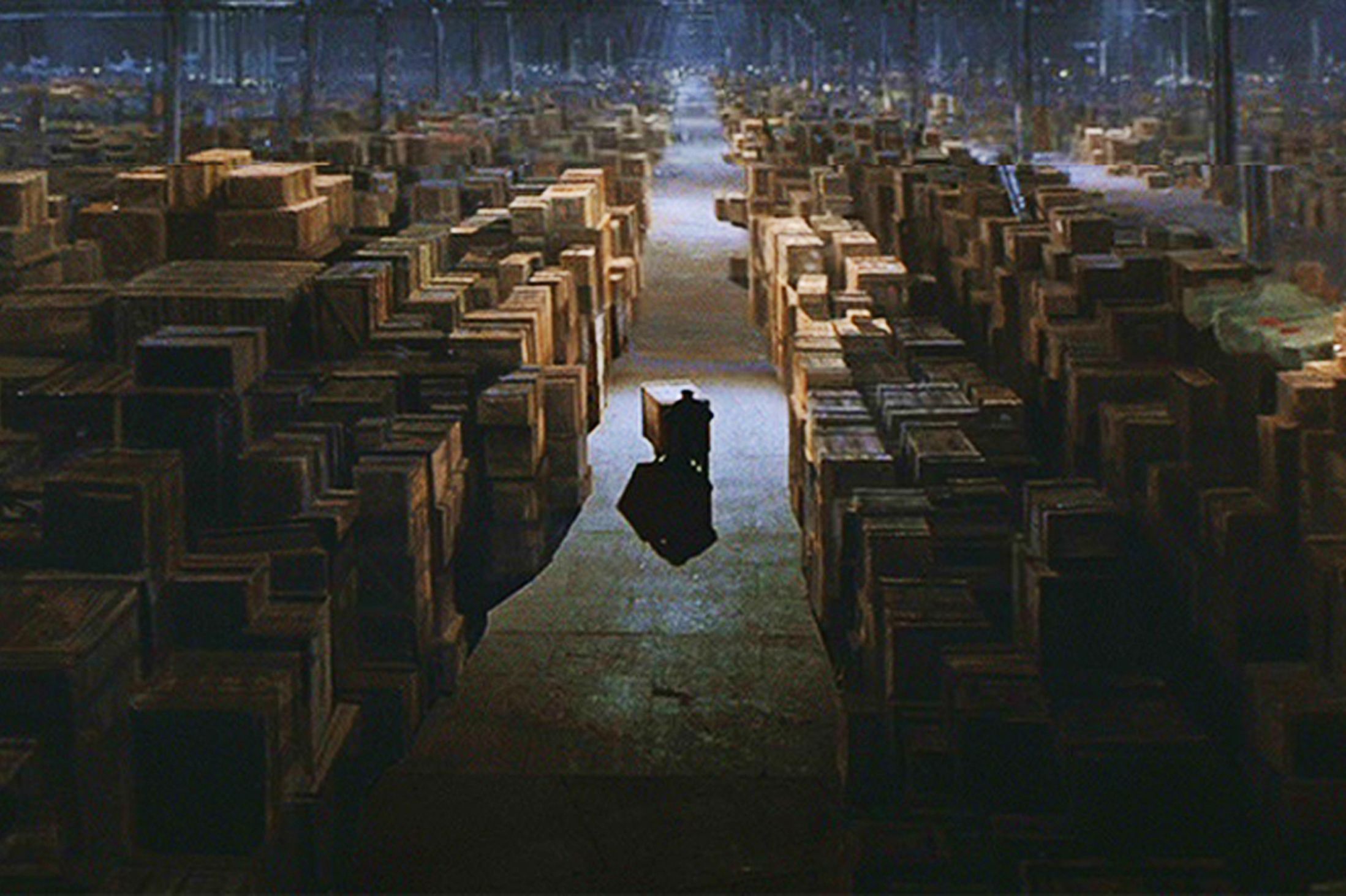First off, there is no depth on a flat screen. None at all. This is the difference between going to a movie and going to a play. Even if you’re watching something created in VR, there’s no depth. It’s all an illusion.
Interestingly enough, the same illusions are used by set designers in theatrical productions to make their stages seem deeper. Still, this doesn’t mean that depth in a 2D image isn’t a thing. It is and you should be thinking about it. Depth helps pull viewers into your visuals and gives them a broader, more realistic experience.
Depth in a 2D image is exactly what it sounds like, the illusion that there is three-dimensional space behind and in front of objects in your film.
Depth in a 2D image is exactly what it sounds like, the illusion that there is three-dimensional space behind and in front of objects in your film. Even so-called 3D movies have no actual depth and often times end up looking like a series of flat images in a diorama in a bit of an uncanny valley of depth. While “3D” movies get this extra perception of depth by showing two different images to each of your eyes, all movies rely on the same series of conventions to demonstrate depth.
Let’s take a look at a few of them.
Parallel lines that seem to converge
This is the most obvious, common, and simple. Think of railroad tracks or a road heading out into the distance. You know the tracks never meet, but they head out into the horizon and seem to meet somewhere … way … far … away. This tricks your mind into thinking that you could ride out into the image.
Layers of light and dark
Another common way to show depth is to have a series of light and dark areas. For instance, there’s a person lit in the foreground, some darkness behind them, and then something lit behind that. This gives you three — or more — distinct layers.
A terrific and classic example of using layers of light and dark and converging parallel lines is the final scene in Steven Spielberg’s 1981 tour de force, Raiders of the Lost Ark.

Shallow depth of field
Another way to show depth in a 2D image is by using a shallow depth of field. One of my favorite techniques is called foreground framing. This is where the frame is constructed using out of focus objects in the foreground to show that things are between the viewer and the subject.
Another way to give the perception of depth is shifting focus between objects in the foreground, middle ground, and background.
Layers of interest
Consider also having multiple layers of interest. For example, imagine a scene that calls for, oh let’s say Bigfoot walking across a clearing. That could be a pretty flat shot if you shoot it in the most obvious and straight forward manner.
However, you could add some depth to by backing up, using a longer lens and maybe having a flock of birds fly across the screen between you and the Sasquatch. The birds can be out of focus. Yet, what they’re doing is saying “hey, there’s space between you and the subject.”
You could take this even further by putting something in the background. Try a lake and some mountains maybe, or a crashing alien spaceship if you want your movie to be extra awesome. So, even though you really only have a flat surface, you have the idea of three layers, two of which can also be used to add some extra motion to an otherwise static shot.
Leading lines
Often when people think of depth in cinema, they’re thinking of leading lines. These are either actual lines or, more often, a collection of objects that subconsciously draw the eye in a particular direction. The lines usually end in a visual payoff — the object we’re supposed to be focusing on. This serves to let your viewers’ eyes play across the entire field of the screen and settle on your subject rather than just presenting it to them. Think of it as a guided tour to your area of interest.

One really classic example of leading lines is this image of Ryan Gosling in La La Land. Both the fence along the pier and the street lights make lines that lead us right to our central character. Add to this that it’s framed in an equally classic rule of thirds. This means finding Ryan actually involves a little bit of looking since he’s not conveniently centered exactly in the frame. In this case, the leading lines are also converging parallels. Linus Sandgren has given us a middle ground and a background as well — providing some excellent depth to this scene.
Final advice
If you want your shot to have depth — and you probably do — you’ll need to study how these factors work together to produce that illusion. Observe and practice and soon, you’ll be capturing images that audiences can fall right into.








